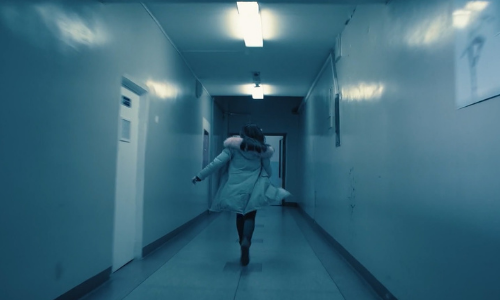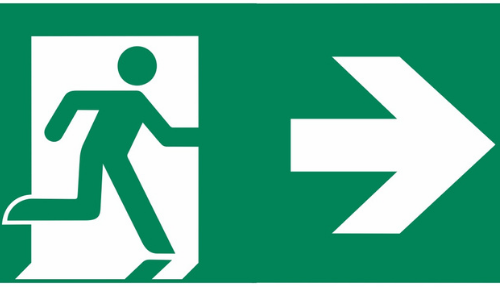The Dark Side of Lighting– Emergency Lighting
An emergency lighting system is a secondary type of lighting that automatically activates when the regular lighting system of a building fails due to fire, earthquake, terrorist actions, sabotage, allowing people to evacuate safely without staying in the dark. Emergency lighting system intends to conduct a fast, safe evacuation and to prevent loss of life in case of any emergency. Even with a budget of fewer than ten-thousandths of building cost, an emergency lighting system is one of the most crucial elements for the safety of life.
As of the mid-20th century, distinctly contemporary buildings have emerged with the development of industry, trade and urbanization. Tragic events occurring in such buildings gave rise to a high number of casualties. Governments enacted laws, regulations and standards to prevent loss of life. Such measures are gradually increased in line with advancing technologies after learning from new incidents. In our country, just like the rest of the world, it is a legal obligation to install Emergency Lighting system in public buildings, to perform monthly and annual tests, to keep and maintain records and to submit such records to official bodies in case of any investigation. Our legislation has also been harmonized with Europe with the “Fire Protection Code of Buildings” published after the 1999 earthquake, the “Regulations on Occupational Health and Safety” published within the scope of the Law of Harmonization Code of the European Union” and standards as regards to products and applications.
The emergency lighting system consists of emergency lighting fixtures that provide lighting and emergency direction lighting fixture indicating the evacuation direction in case of emergency. Since it is not a kind of lighting that is required under normal circumstances, it is one of the most distinctive issues that underestimate human life. Its failure to operate properly puts human life at risk; therefore, each and every fixture must be tested for a short time at least once a month and for a rated period at least once a year pursuant to respective regulations and standards to ensure duly operation whenever required. If such tests reveal any issues on the lamp or battery, such non-conformities must be rectified within the shortest time to make sure that the fixture functions properly.
It is not practically possible to duly test, keep and maintain records of hundreds, even thousands of emergency lighting fixtures in medium and large-scaled buildings one by one. Therefore, in developed countries, penalties include severe indemnities, fines, imprisonment and dismissal from profession against building owners and managers if their failure is found in the investigation in case of loss of life due to an incident. Today, this issue can be solved with emergency lighting standards for automation such as “Automatic Testing” and “Central Monitoring” which also provide cost advantage. Emergency lighting fixtures are designed “smart” and automatically de-energize at certain times to test lamp and battery and report any issues through connected automation system such as DALI, KNX, Modbus to the central monitoring system to ensure the proper functioning of devices at all times. In accordance with the “General Technical Specifications on Emergency Lighting and Direction System Installation” published on Official Journal dd. 23 December 2020, it is necessary to perform Central Monitoring in public and private buildings where the occupant load exceeds 200 and the number of emergency lighting devices is more than 100.





